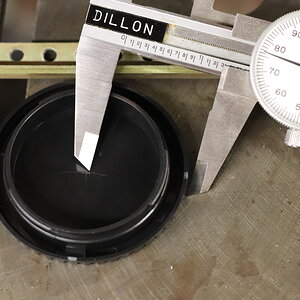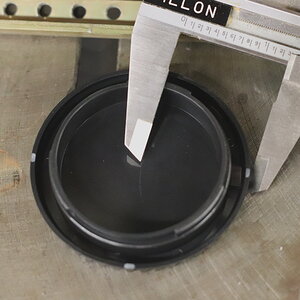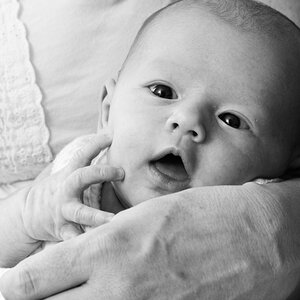DScience
No longer a newbie, moving up!
- Joined
- Apr 12, 2009
- Messages
- 1,513
- Reaction score
- 122
- Location
- Denver, CO
- Can others edit my Photos
- Photos NOT OK to edit
Hi there!
So I have a conundrum that I was hoping you could shed some light on.
I currently have these two lenses (Nikon 20mm f/1.8G & 16-35mm f/4) and I cannot decide which one to keep (or both). I originally purchased the 20mm about 6 months ago as I was getting into landscape and astrophotography. I'm extremely impressed with the lens and have been very happy with it. However I kept seeing these amazing wide angle shots using the 16-35mm, and so I ended up finding a mint condition copy on craigslist for $725 and couldn't pass it up. I've been shooting with it for a while now, and although I love it, I don't think it's quite as good at the 20mm (at 20mm of course). Plus, for my purposes (backpacking with camera equipment) it's also quite heavy!
Thus I am really considering selling the 16-35, but a part of me just doesn't want to let it go. What are some of your thoughts on this? Here are my considerations:
-I do landscape photography combined with backpacking, thus weight is of extreme importance.
-I also enjoy shooting some astrophotography, thus bringing the 16-35 with the 20, has been pretty common in the past, and VERY heavy. Thus ideally I would like to just bring one, but the 16 isn't great for astro
-I love the extra wide angle from the 16, which is the main reason I am reluctant to get rid of it.
Thanks for the advice friends!
BTW: 20mm
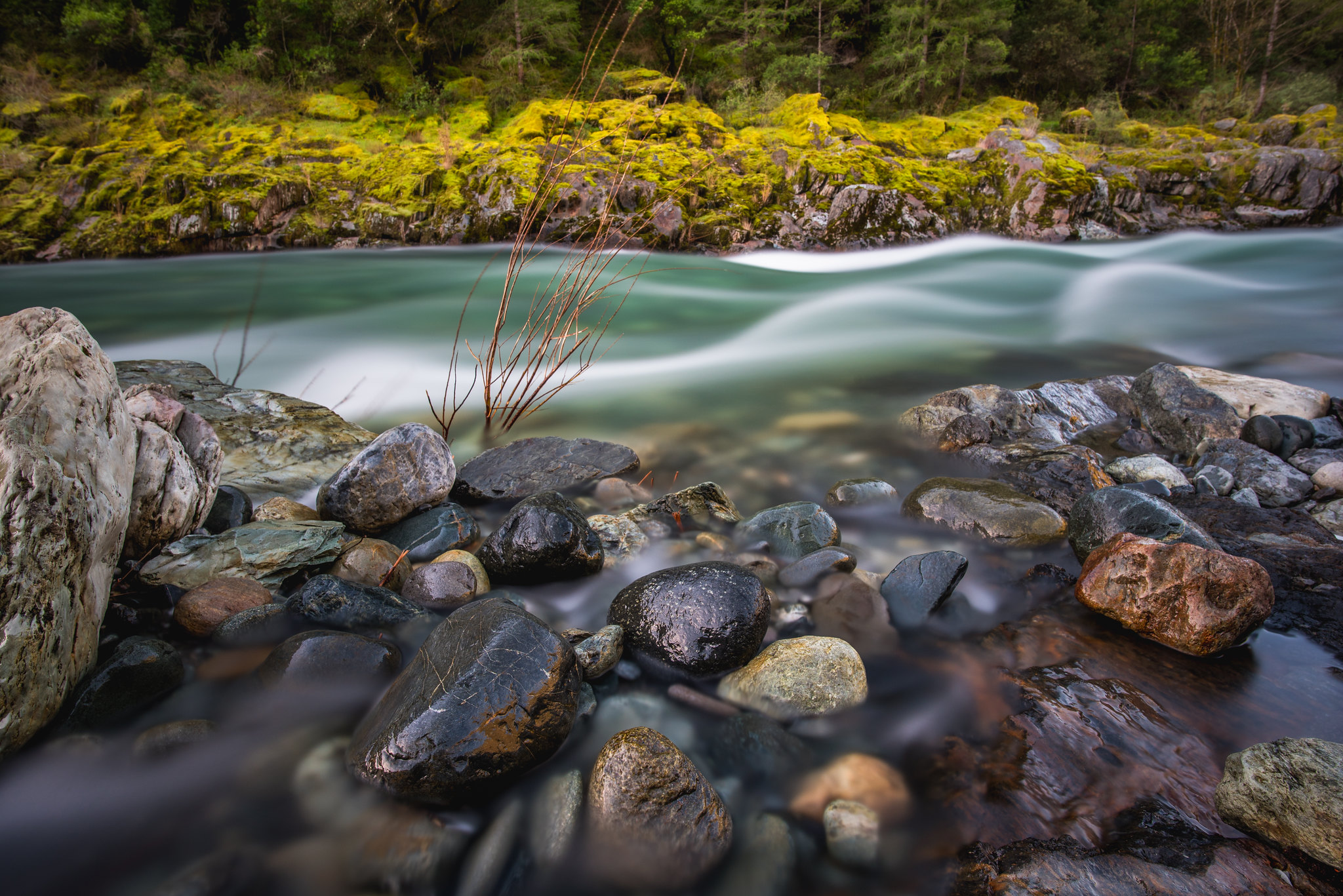 Perspective by Daniel Sanculi, on Flickr
Perspective by Daniel Sanculi, on Flickr
16-35mm
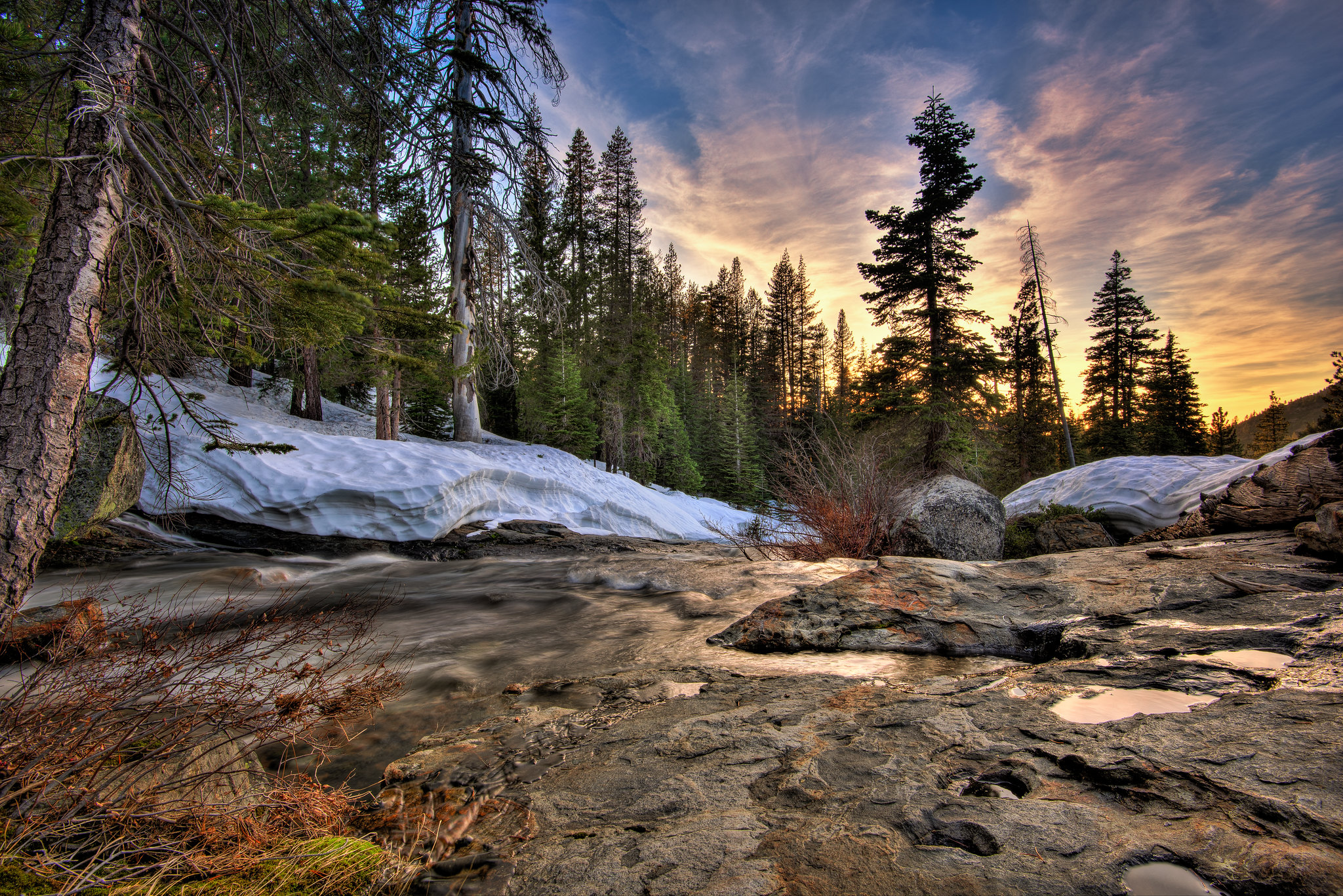 Sunset river shot by Daniel Sanculi, on Flickr
Sunset river shot by Daniel Sanculi, on Flickr
So I have a conundrum that I was hoping you could shed some light on.
I currently have these two lenses (Nikon 20mm f/1.8G & 16-35mm f/4) and I cannot decide which one to keep (or both). I originally purchased the 20mm about 6 months ago as I was getting into landscape and astrophotography. I'm extremely impressed with the lens and have been very happy with it. However I kept seeing these amazing wide angle shots using the 16-35mm, and so I ended up finding a mint condition copy on craigslist for $725 and couldn't pass it up. I've been shooting with it for a while now, and although I love it, I don't think it's quite as good at the 20mm (at 20mm of course). Plus, for my purposes (backpacking with camera equipment) it's also quite heavy!
Thus I am really considering selling the 16-35, but a part of me just doesn't want to let it go. What are some of your thoughts on this? Here are my considerations:
-I do landscape photography combined with backpacking, thus weight is of extreme importance.
-I also enjoy shooting some astrophotography, thus bringing the 16-35 with the 20, has been pretty common in the past, and VERY heavy. Thus ideally I would like to just bring one, but the 16 isn't great for astro
-I love the extra wide angle from the 16, which is the main reason I am reluctant to get rid of it.
Thanks for the advice friends!
BTW: 20mm
 Perspective by Daniel Sanculi, on Flickr
Perspective by Daniel Sanculi, on Flickr16-35mm
 Sunset river shot by Daniel Sanculi, on Flickr
Sunset river shot by Daniel Sanculi, on Flickr

 Half moon nights
Half moon nights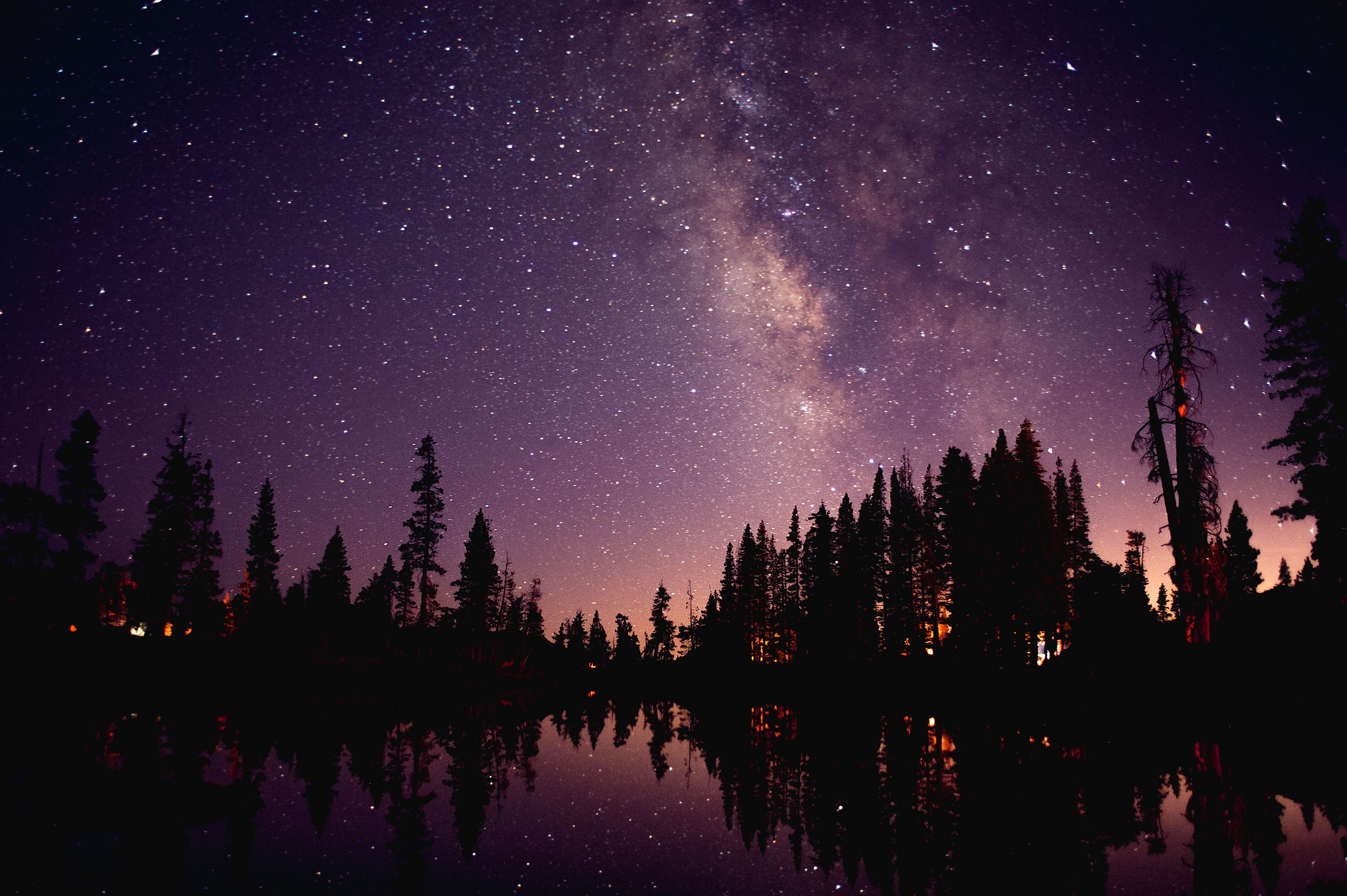 Milky Way Reflections
Milky Way Reflections
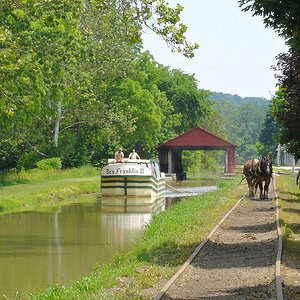
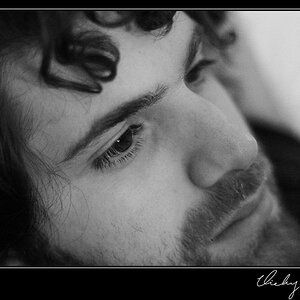

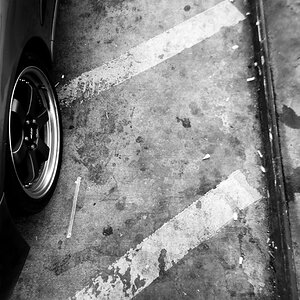
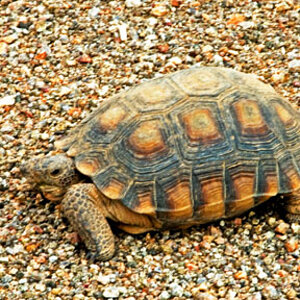
![[No title]](/data/xfmg/thumbnail/42/42276-99df5da06c3e5dc83ae4bab11e935910.jpg?1619740085)
